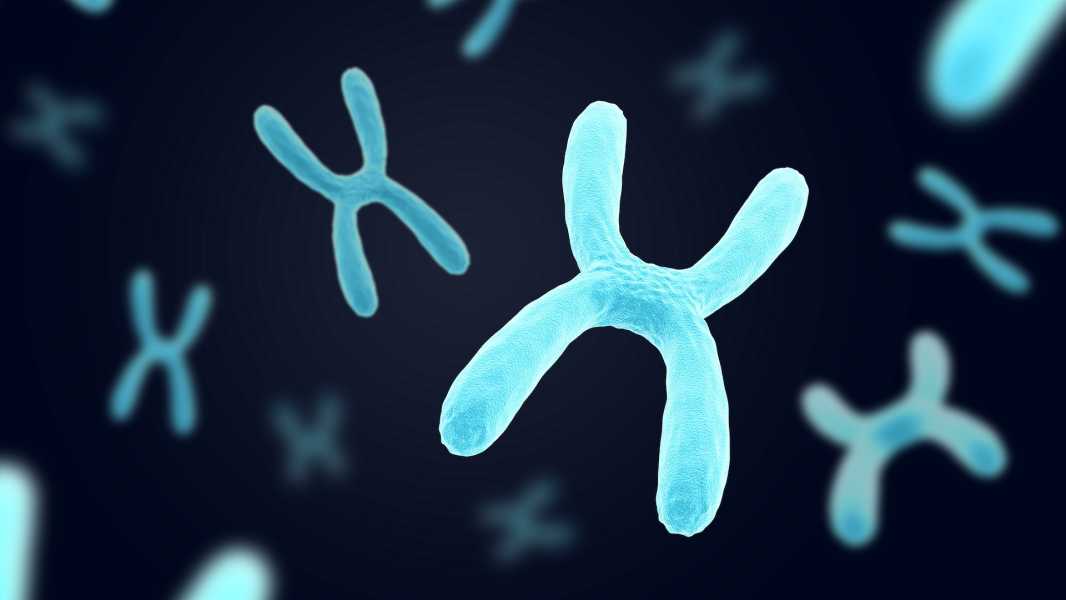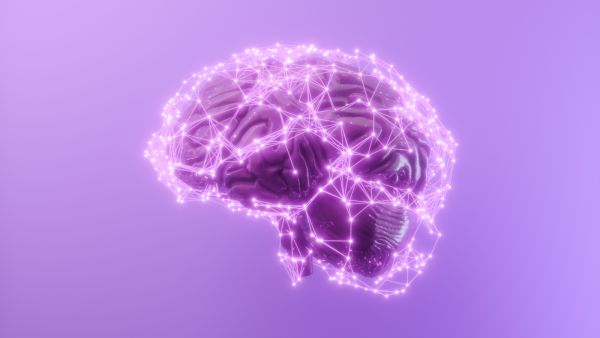
In a new study, researchers analyzed how the X chromosome may change with age and affect cognitive function. (Image credit: bodym via Getty Images)
Dormant genes on the X chromosome may become activated in old age, which could give the aging female brain an advantage that the male brain does not.
This effect may help explain why women show greater cognitive resilience in old age compared to men.
The findings come from a new experiment in lab mice, and the researchers confirmed their findings using genetic data from humans. More research is needed to determine whether the mouse findings apply to humans, but overall the work points to potential differences in how the female and male brains age.
Historically, “we haven’t paid much attention to the X chromosome,” said Rachel Buckley, an assistant professor of neurology at Harvard Medical School who was not involved in the study. “We’re now starting to really understand its importance and understand aspects of it that have been underappreciated,” including how sex chromosomes may influence brain aging.
“These X-chromosome studies open up important and potentially therapeutic possibilities,” Buckley told Live Science.
The Resilience of the Female Brain
There are notable differences in how men and women age. In particular, women have lower rates of various forms of dementia than men, although they live longer on average. The one exception is that women have higher rates of Alzheimer's disease, although they generally live longer with the disease.
“We saw a lot of trends that showed resilience to cognitive aging in women compared to men,” lead study author Margaret Gadek, a graduate student at the University of California, San Francisco, told Live Science. “There are a lot of factors that could influence these trends, but one of the things we wanted to look at was the role of the X chromosome,” Gadek told Live Science.
In addition to hormones, the sex chromosomes—X and Y—represent one of the most significant biological differences between men and women and may help explain why these differences appear as we age.
Males typically have one X and one Y in each cell; they get an X from their mother and a Y from their father. Females, on the other hand, typically have two X chromosomes, one from their mother and one from their father. But each cell only needs one X to be active, so in females the second X is “damped,” leaving only the X from their mother or father active.
This process is not perfect. Some genes on the silenced X chromosome escape silencing and thus remain active, while others may become active again as we age. Gadek and her team became interested in how these “awakened” genes might influence brain aging, especially given that this silencing is unique to women.
Almost two dozen “awakened” genes
In their new study, published March 5 in the journal Science Advances, the scientists crossed two subspecies of lab mice — Mus musculus and Mus castaneus — so that the offspring of each would inherit one X chromosome from the former and one from the latter. The team also genetically modified the mice so that the M. castaneus X chromosome was always suppressed. Normally, the suppressed X chromosome in each cell is chosen at random.
Gadek explained that this experimental setup makes it easier to determine which chromosome the active gene belongs to and, therefore, whether it has “escaped” the silencing process.
Using the modified mice, the team examined gene activity in four young and four old mice, the latter of which were 20 months old (about 65 years in human years).
The researchers focused on gene activity in cells of the hippocampus, a key memory region of the brain that tends to shrink with normal aging and cognitive decline and is severely affected in dementia. They analyzed more than 40,000 cells, including
Sourse: www.livescience.com





